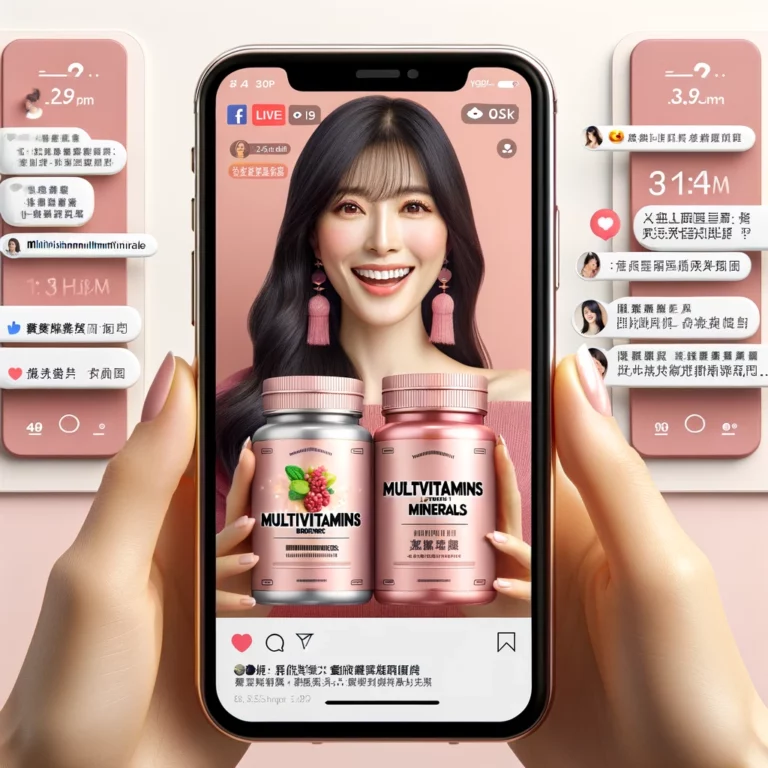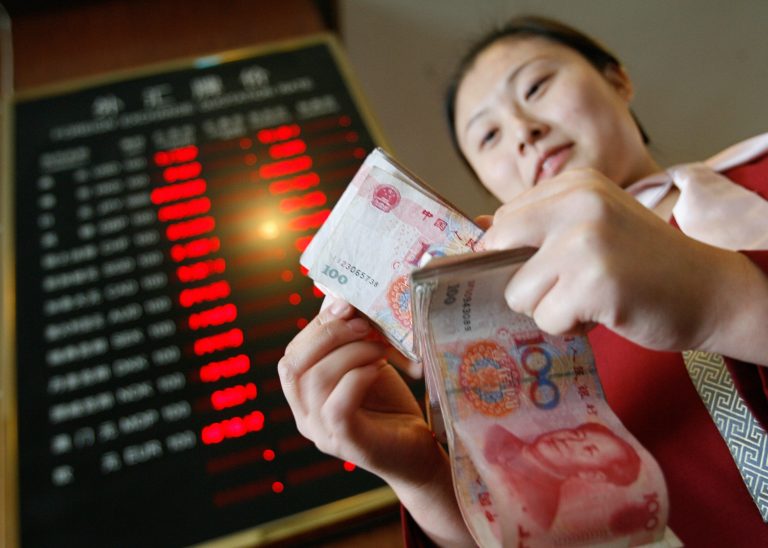In China, men’s apparel dominates the apparel market, one of the crucial and crystal reasons is the population of Chinese males overwhelmingly overweight the one of Chinese female.
Menswear accounts for 43.6% of the clothing industry’s total sales value. The men’s garment market is expected to grow from nearly RMB 500 billion in 2015 to more than RMB 600 billion in 2018. Moreover, according to Daxue Consulting’s research, the market is also showing fast evolution in terms of consumer habits and brand perception. The market is highly fragmented and Daxue’s surveys show the emerging impact of a few strategic segments (millennials, elderly, tier-3 to 5 cities) for future market value. All brands, therefore, must leverage market research more effectively to better understand their strategic segments and to perform successfully in the Chinese market.
Chinese men’s consciousness of clothing fashion is awakening
 There is a fact that these days Chinese men are willing to expend much more their money on apparel than ever. For example, a white-collar usually spends about 2,000 yuan (£225) on a regular coat or shirt, and will happily part with more than 10,000 yuan for a quality business suit.
There is a fact that these days Chinese men are willing to expend much more their money on apparel than ever. For example, a white-collar usually spends about 2,000 yuan (£225) on a regular coat or shirt, and will happily part with more than 10,000 yuan for a quality business suit.
They believe in a working environment and even for some important occasions, professionals need to know how to dress, as it may have a big bearing on how others perceive you. Therefore, being well turned out will allow one to stand out, as it portrays a positive and professional image as well as showing the person is prepared. And it also shows one’s respect for others. Awareness of what is appropriate dressing and grooming also has been a key point of appreciation and promotion by the employer.
Young Chinese male consumers’ perspectives to apparel alters
Chinese consumers are willing to spend more on quality, which creates an overall growing trend for the average purchase value to increase. The men’s market was previously concentrated around historical brands and experienced a steady growth from the 90s.
While the menswear market is showing the most promising potential in the Chinese clothing industry, specific segments of consumers will constitute the major stakes. Brands will need to adapt their marketing models to take advantage of the consumer preferences from the various segments.
Looking for new styles of clothes
The Chinese menswear is obviously becoming more and more fashionable. The business casual wear is increasing in popularity, and the design is more and more creative and fashionable, taking influences from Japanese, Korean and European styles.
What is more important is Chinese consumers are definitely looking for new style of clothes, such as European brands can show a kind of elegance in their minds. The growing trend for business casual wear, especially for the Chinese millennial has further undermined the sales of men’s suits. The workers, such as professionals or managers, are the strongest buyer of business casual wear in China. The university-aged, however, are also expected to be a great potential for the country.
How to sell men apparel in China
Branding is the key
Brands in China have to be active on their Reputation. Chinese buy “trust” and no Trust no Business.
Many Brands actually suffer from a Reputation Problem. Chinese will spend a lot of time to search for Brand information and Consumers Feedback. They prefer to buy a Brand that Consumers recommend, so negative comments would bring the business tons of trouble.
Pay attention to the power of influencers
Influencers or KOLs is the great way to promote your male garment business in China. Chinese men are paying more attention to their appearance and are consequently increasingly critical regarding the choice of their clothes. Consumers, especially the millennial are influenced by celebrities. They are following some sport or music celebrities or movie stars on Weibo and get inspired by their style. For men, they like to check more experienced men style to look more professional in the office.
You can employ a KOL in you communication strategy. He or she will be the image of your brand and can help your to develop your image toward Chinese consumers. It’s an effective way to develop your awareness and brand image in China, because Chinese consumers trust more KOLs than brands.
More convenient to sell on e-commerce platforms
Choice1: Tmall. Tmall is the most reputable cross border e-commerce platform in China. Chinese people trust Tmall because this platform galunteer to sell consumers only with quality and authentic goods.
A Tmall.com storefront is essential to the China retail strategy of leading global businesses. It’s the most effective way for China market penetration. However Tmall is not a cost effective solution and require a big investment for most of Fashion Brands. And the main problem with Tmall is build a successful store take time and need good branding.
Choice2: WeChat. WeChat is the most popular social media with more than 80 million daily users. It’s the perfect place to communicate with your consumers and publish contents. You also have to know that WeChat provides to brands an e-commerce part. You can build your own e-shop and sale directly on the platform.
Other Choices: You can now sell on LittleRedBook. The social purchase platforms open the gate of the E-Commerce for Fashion Brand. And you can also try to sell through Daigou. Daigou is powerful in China, because they distribute fashion brands to their community. Nobody is really able to estimate this Market Size, but can reach 50% for some Brands.
Be visible and ranking high on SEO
Baidu is the most famous and used online search engine in China. Baidu accounts for more than 80% of market share in SEO in China. Baidu became the most important search engine you need to include in your SEO strategy if you want to succeed on the Chinese market. It is a kind of success if your brand is very visible and rank on the top in SEO.
To be visible on Baidu, key words are the key, but they have to be in mandarin because your consumers will always try to find information using mandarin key words.
In addition, your website needs to be hosted in china if you want to be ranked on Baidu. Notably, all your contents have to be responsive design because Chinese users are very connected and surf a lot on their smartphones.
Need a cost effective TP (Tmall Partner) to sell in China?
We are an Official Tmall Partner e-commerce Agency. Our Services: E-Commerce, Search Engine Optimization, Advertising, Weibo, WeChat, WeChat Store & PR.
Gentlemen Marketing Agency is specialized in the digital marketing in the Chinese market. Do not hesitate to contact us if you want to discuss any projects in China.
[/et_pb_text][/et_pb_column][/et_pb_row][/et_pb_section]










